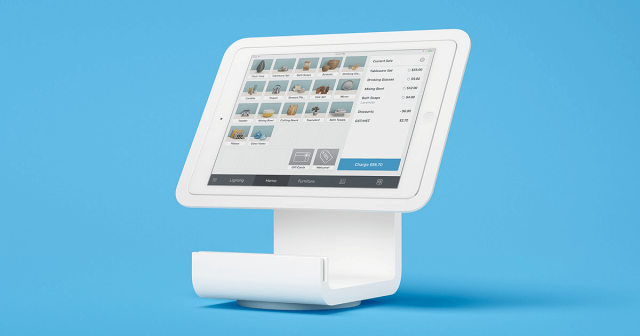From smartphones and PCs to washing machine and cars, we hardly ever give a second thought before registering our response on those touchscreen displays embedded on each of these devices and more. They just feel natural despite the fact that until recently buttons and knobs remained the primary control devices. No, the touchscreen isn’t a recent invention. They have been around for over half a century and widely used in places like ATMs, cash-counters, and other commercial establishments. It is actually their foray into personal lives that is recent- the first iPhone to be more precise.
And ever since the first touchscreen phone came out, it has spread like wildfire- PCs, tablets, watches, cars, washing machine, thermostats, refrigerators, remote-controllers, virtually every electronic device you can think of. The reasons are obvious- they are quite responsive, look beautiful, and are exceptionally efficient for complex layouts. But as it always is, there is a big trade-off. It demands our attention. Let me elaborate-
I remember typing and sending text messages on those buttoned-phones while crossing streets without once looking at the screen. I can’t pull that off with my smartphone. We all have safely played around with stereo system in cars while driving but using applications on those touch-enabled dashboards is an entirely different story.
The problem actually isn’t how those devices operate but rather how we as humans operate. If you may have heard that once learned, we never forget cycling or swimming or any other such activities. It gets ingrained in our muscle memory- we don’t even have to think about it for using them. Like we don’t consciously think of applying brakes while driving, thus freeing up our mind to pay conscious attention to the road. Almost every gadget before touchscreen used mechanism to be controlled by muscle-memory buttons and knobs. That is we could use them, without being engrossed in them.
Touchscreen, on the other hand, is an entirely different story.First of all, instead of tactile feedback, it uses visual source- which is a very expensive body resource. Generally speaking, we have a 210-degree of a horizontal viewing angle of which, we can at any point focus on only 55-degree, everything else simply gets out of focus. That is, while we can be aware of our surroundings while using those classic dashboards, using touchscreen-based system demands our complete focus, which is a really bad deal.
No, we aren’t here just sulking about this great technology but simply pointing out the use-cases for which it may not be ideal. As previously mentioned, touchscreens aren’t new and their use in commercial establishments is perfectly justified because people do need to pay attention to those places. But when it comes to personal space, priorities



















Comments are closed.